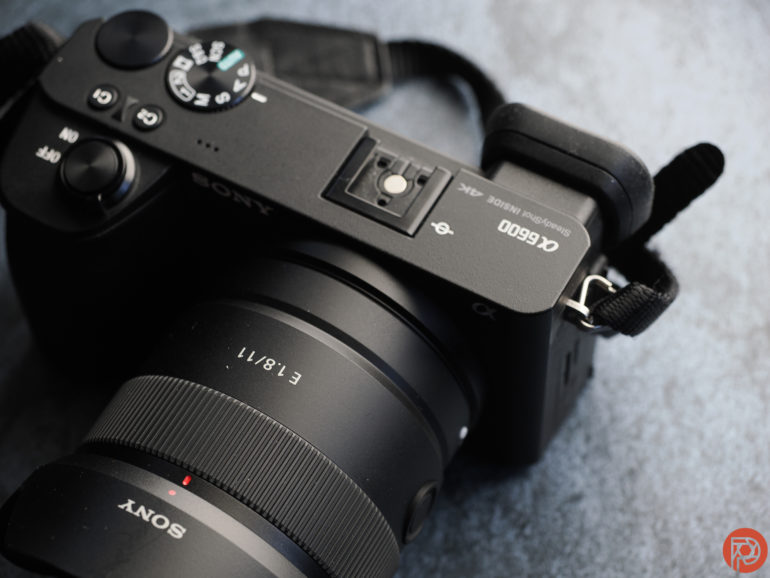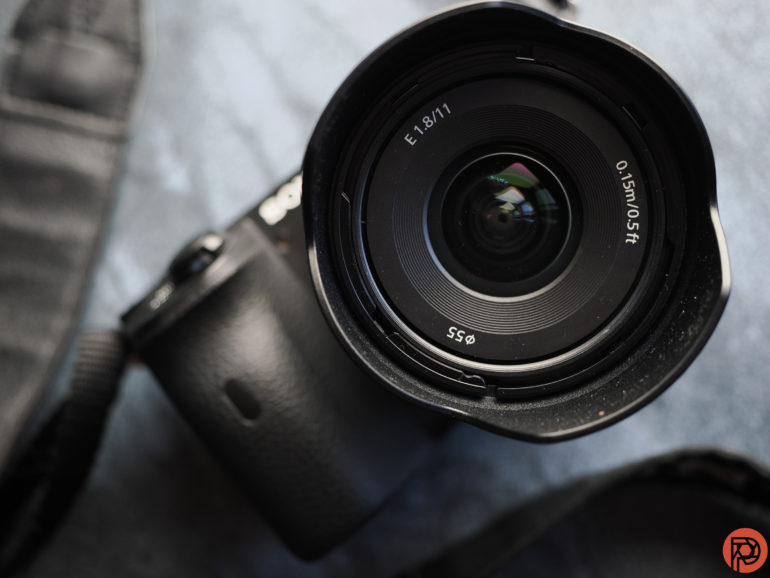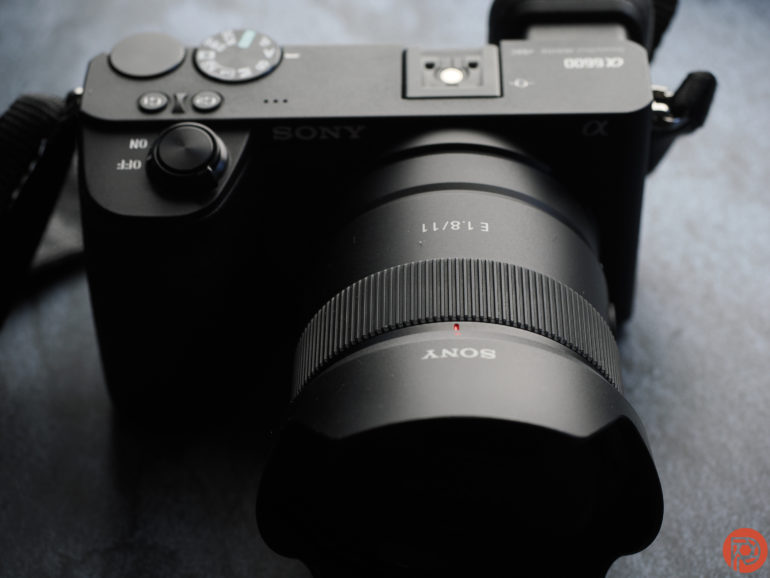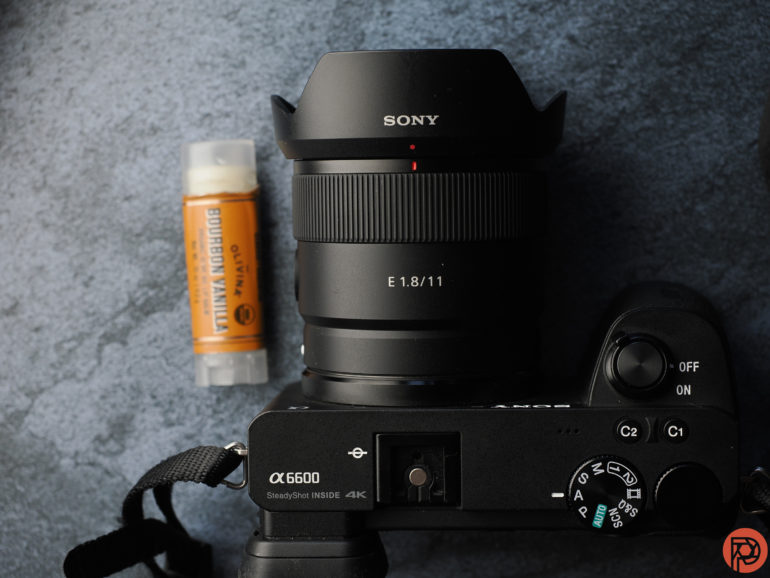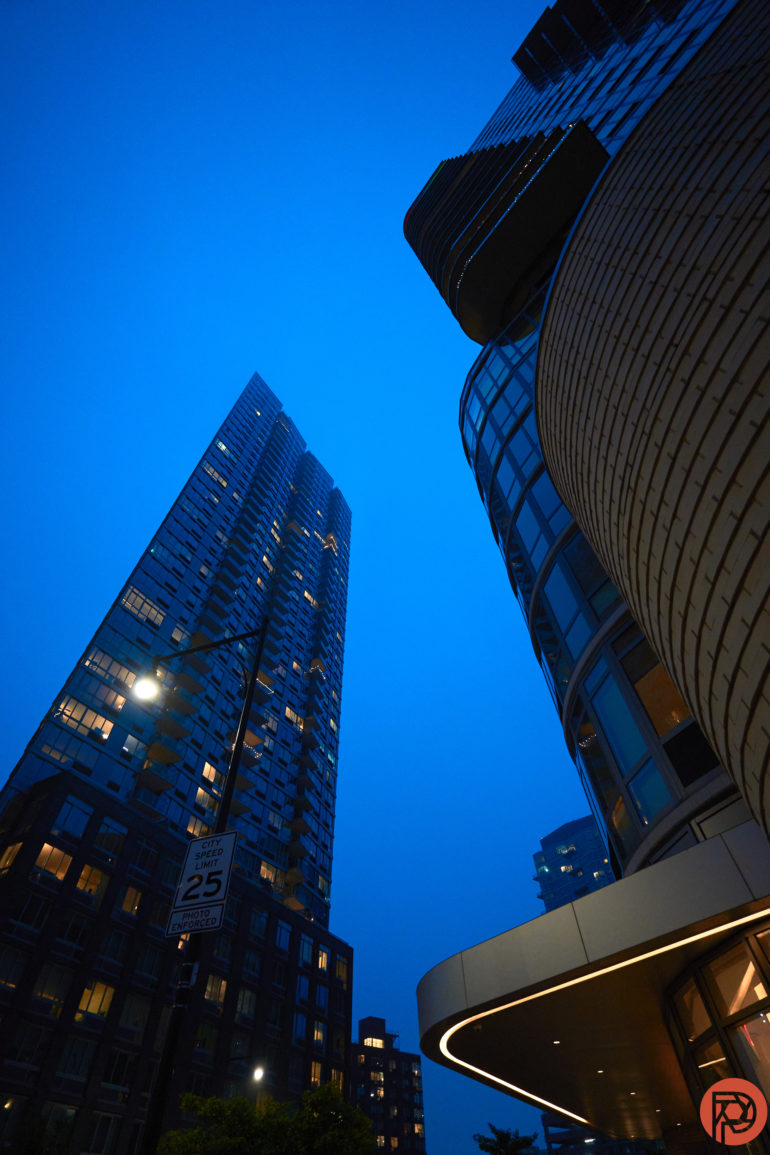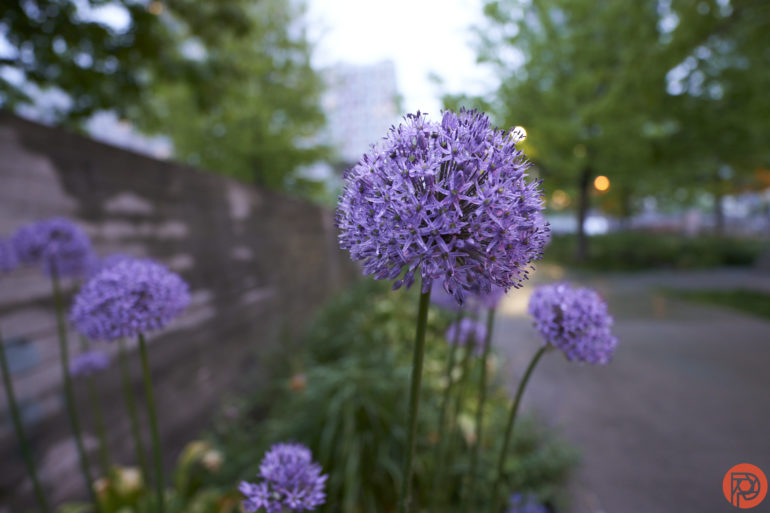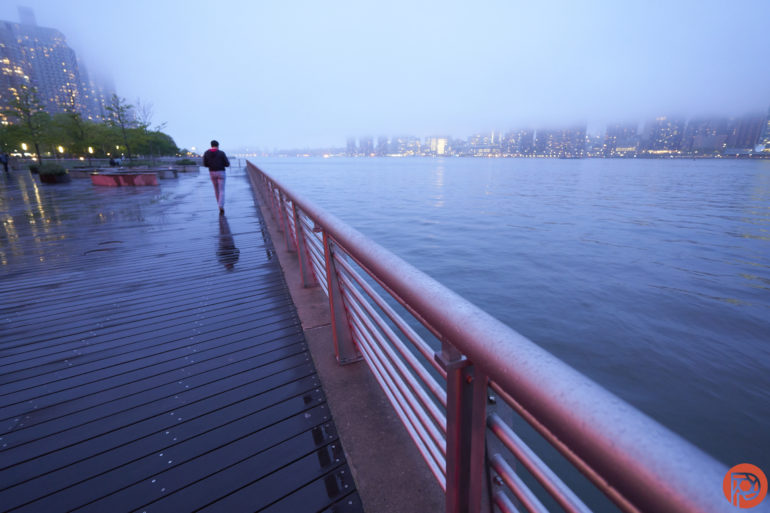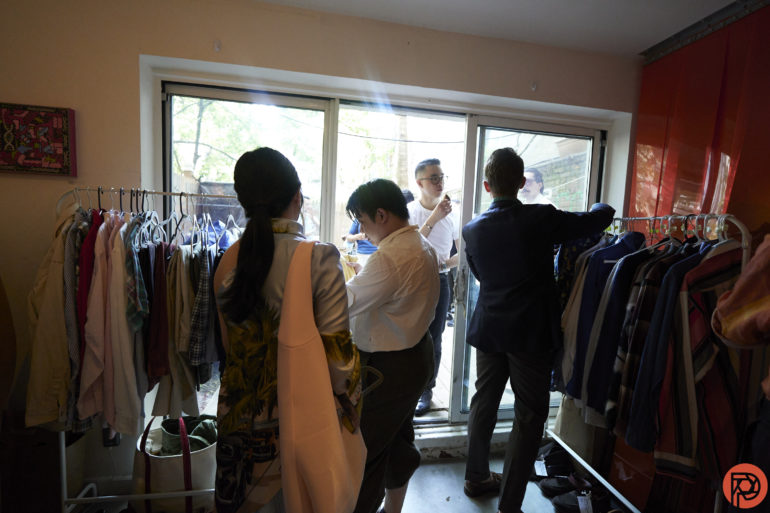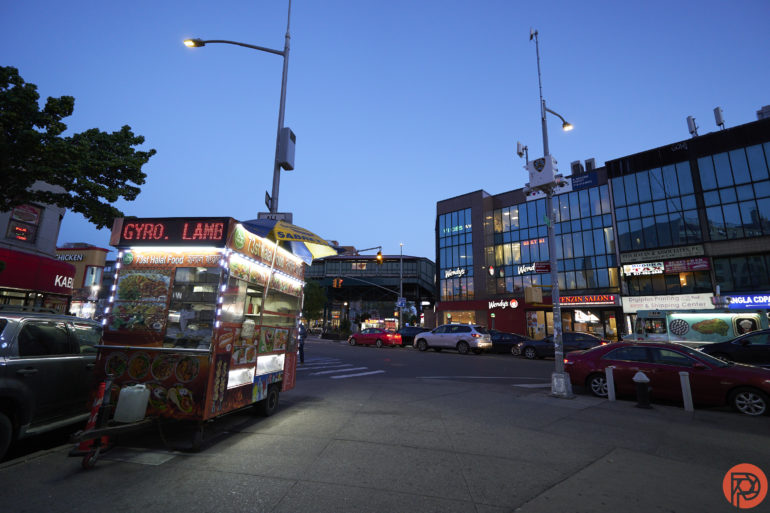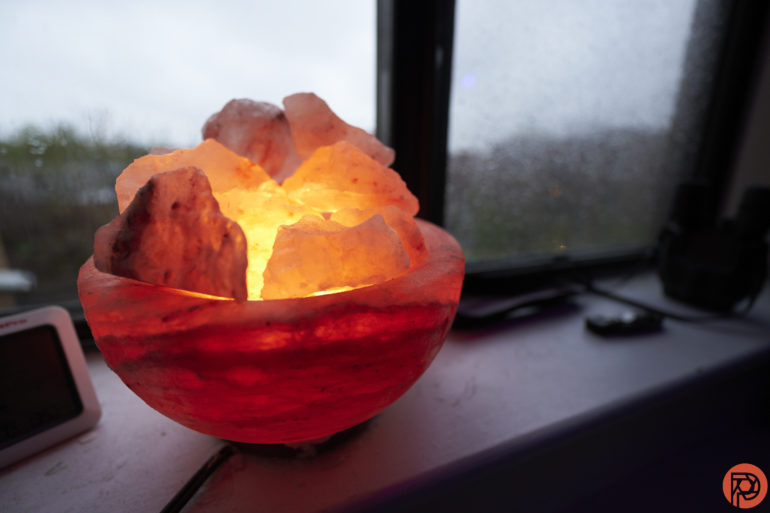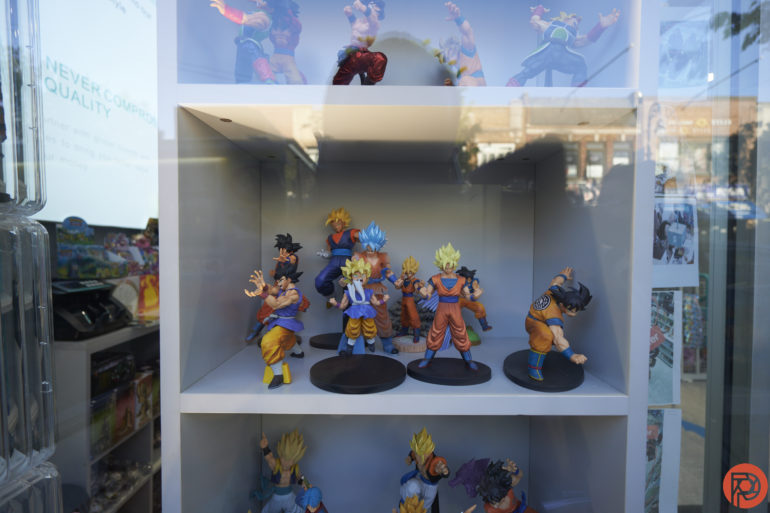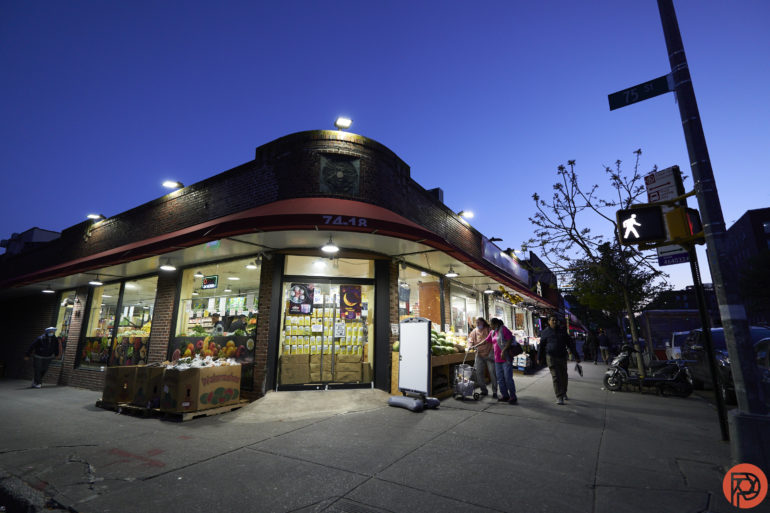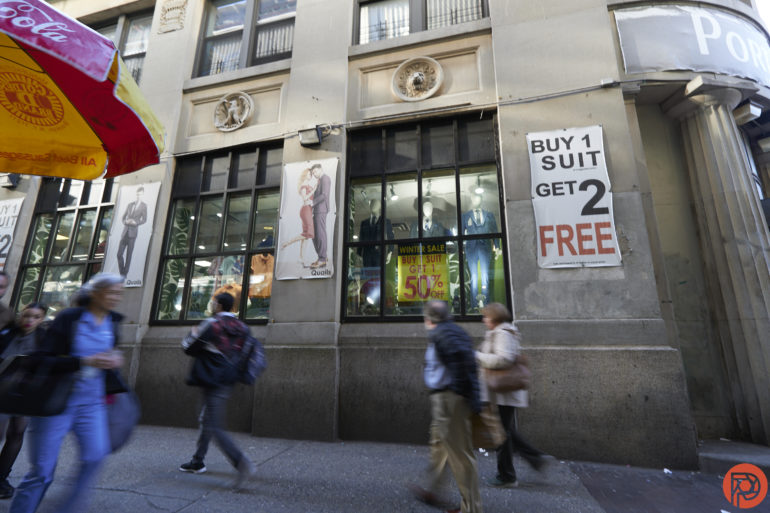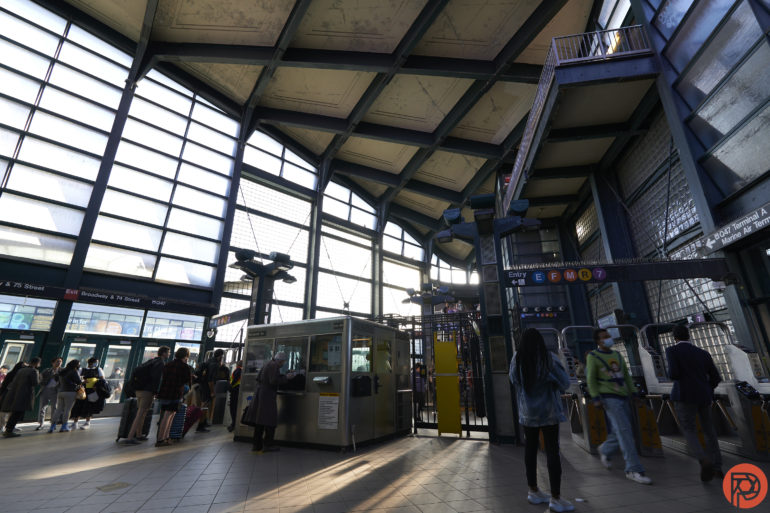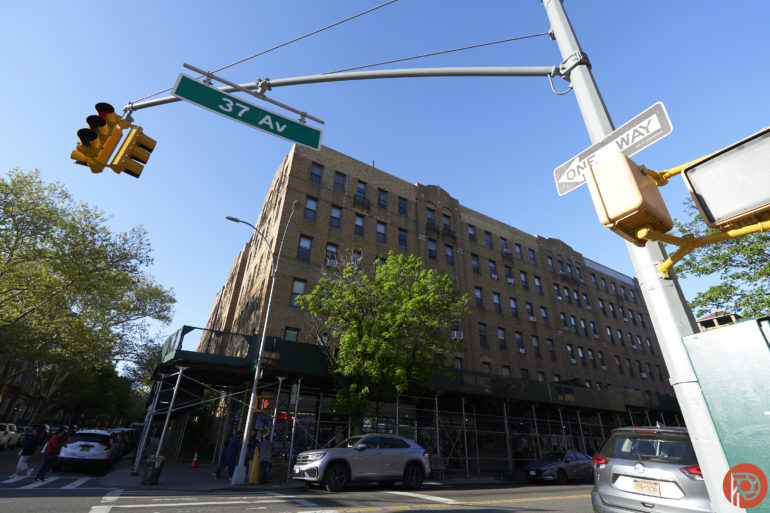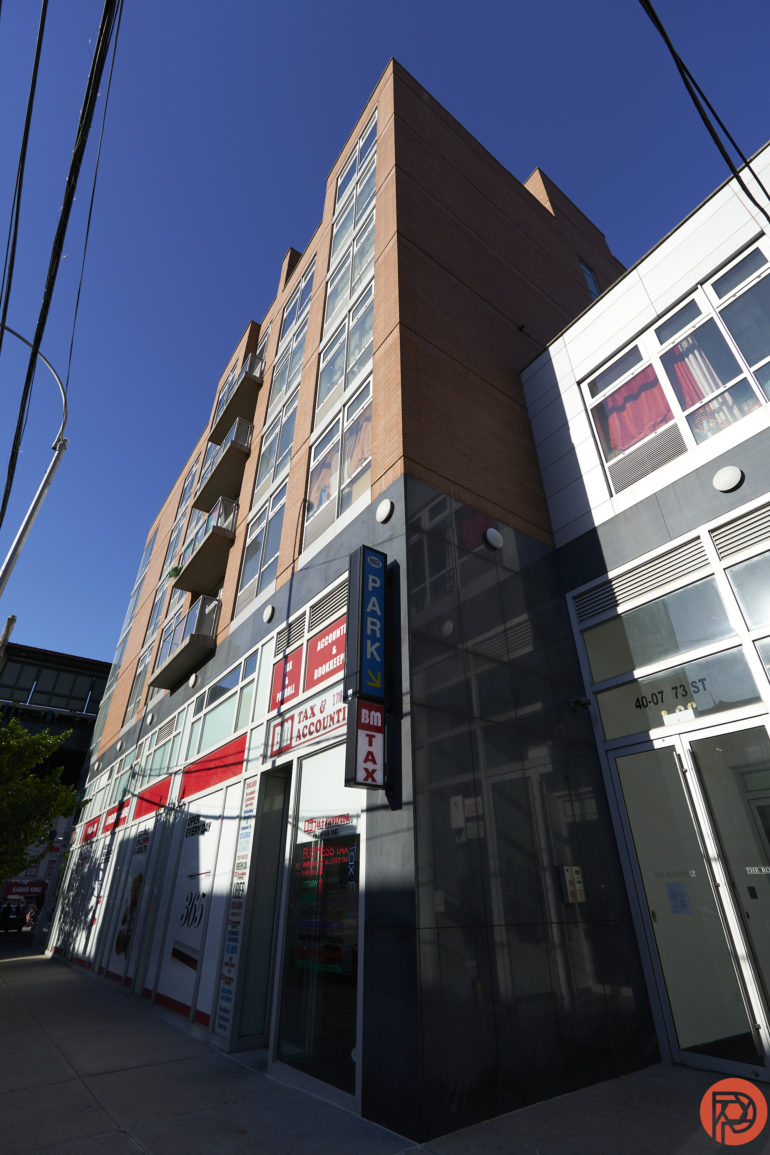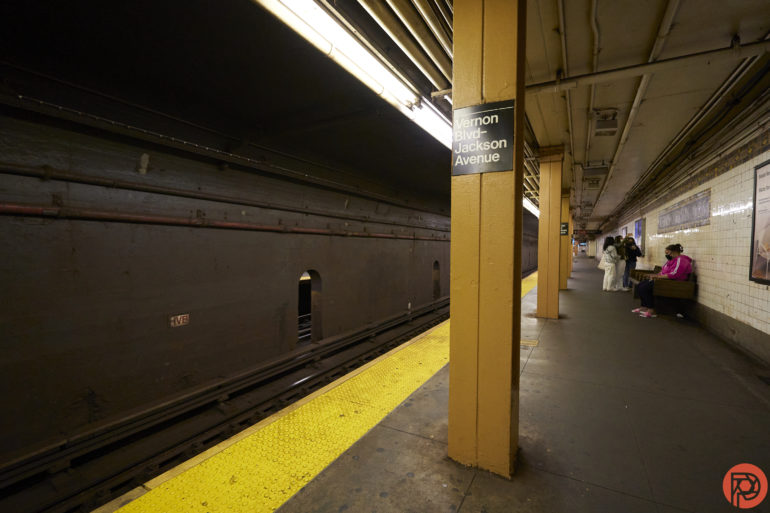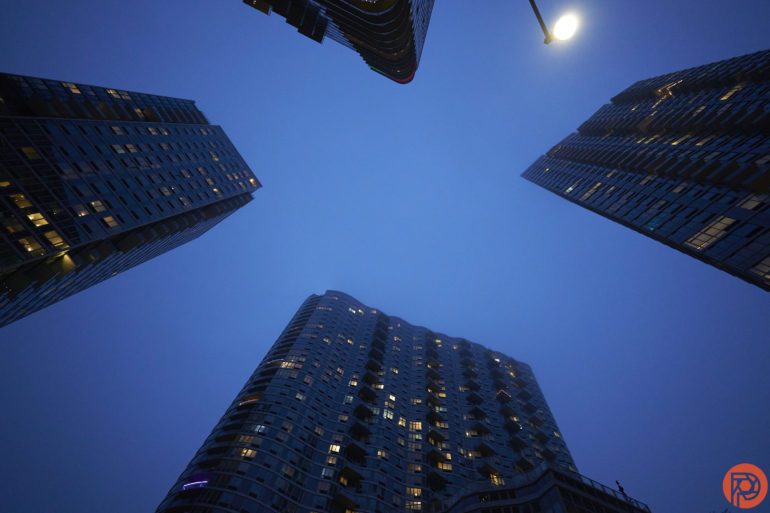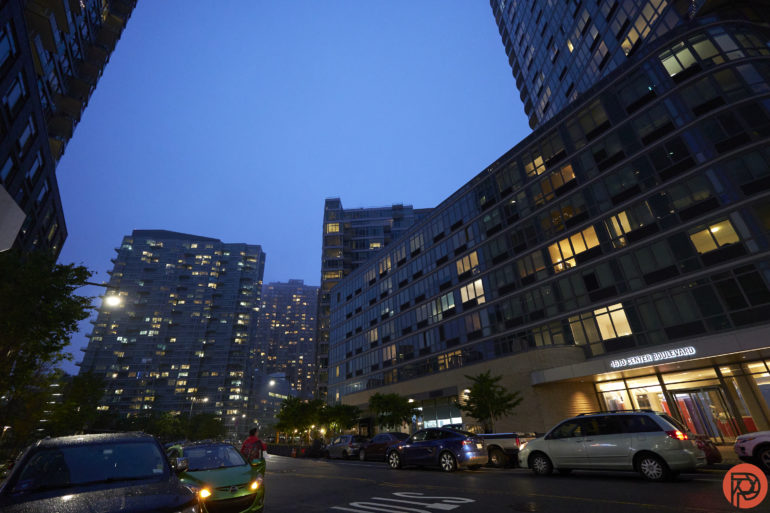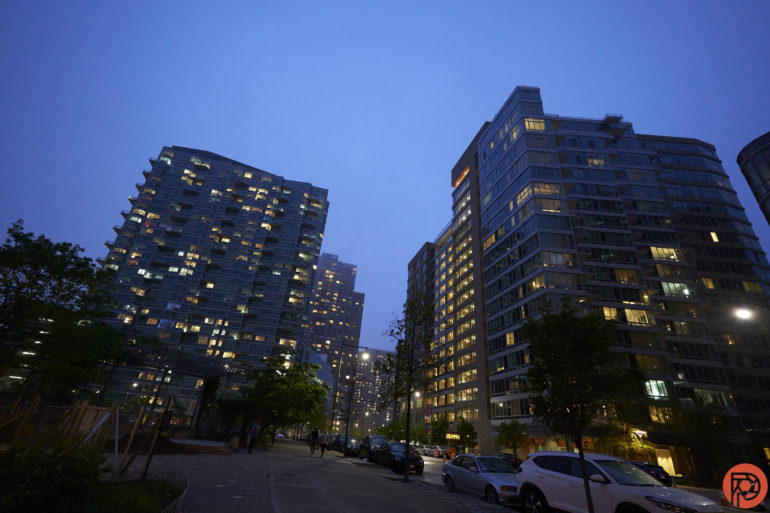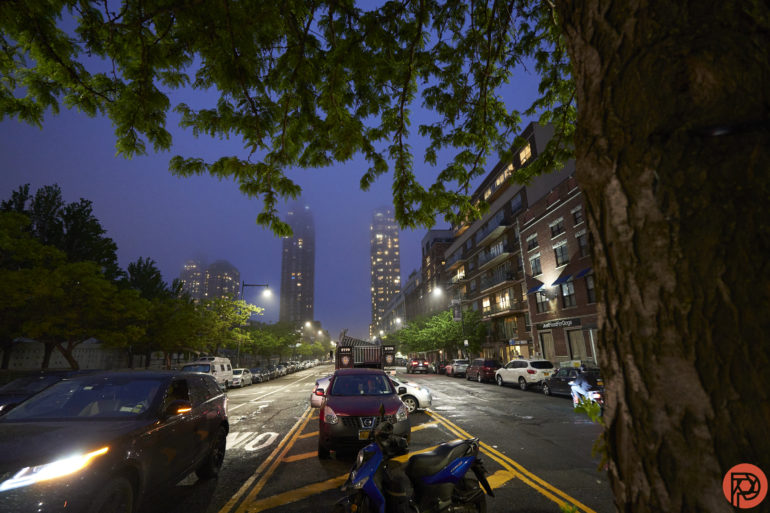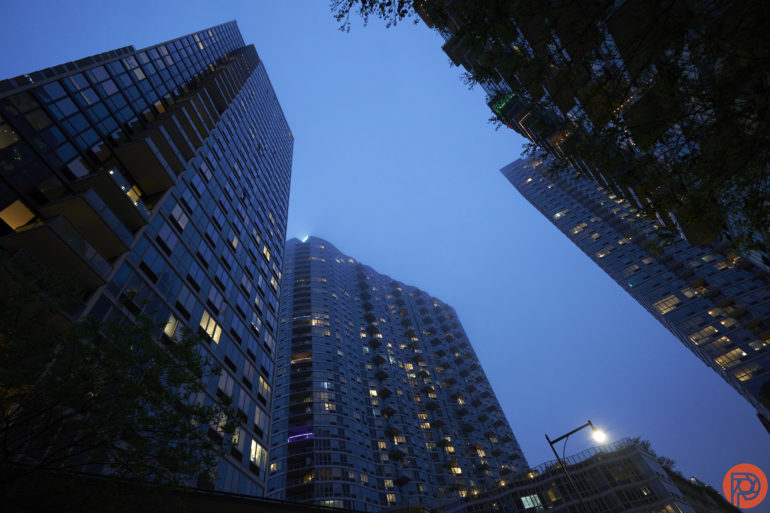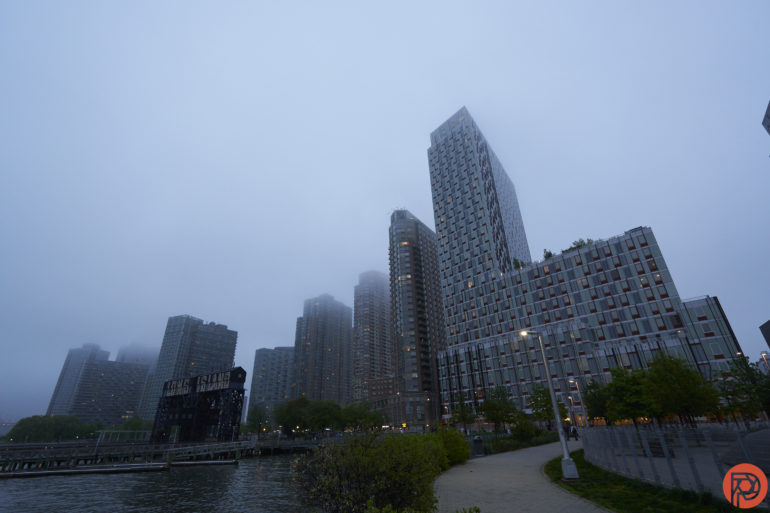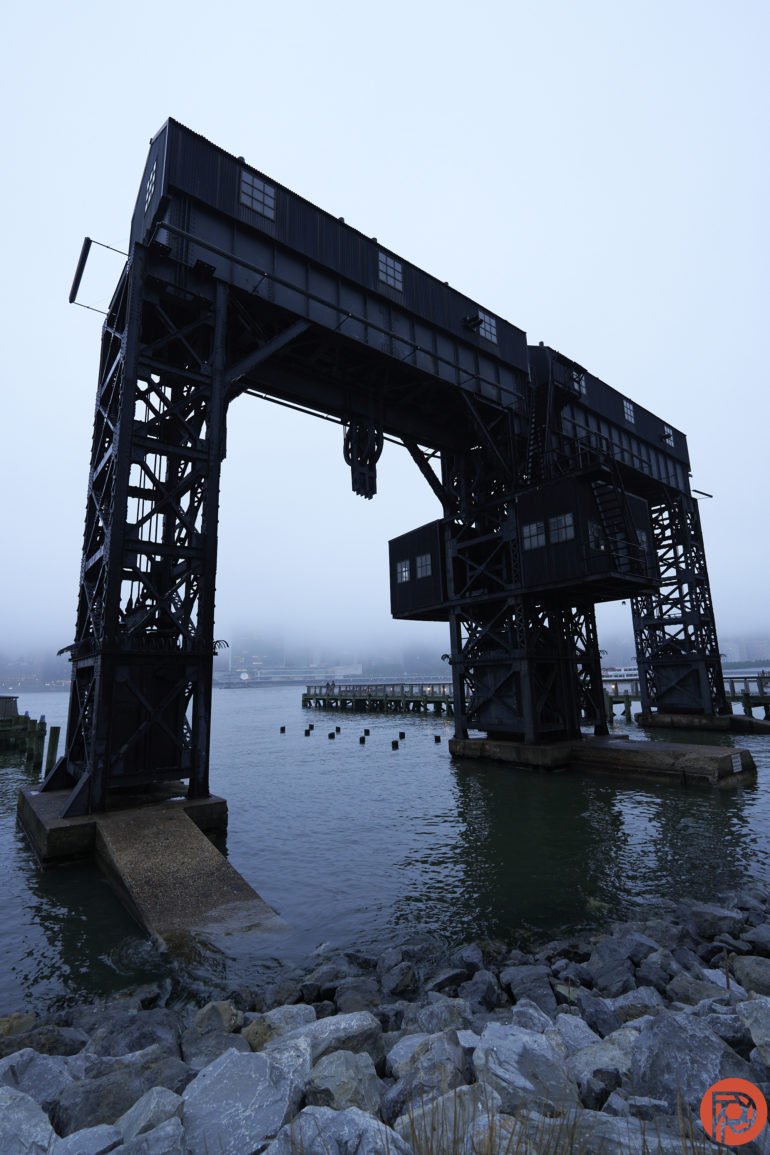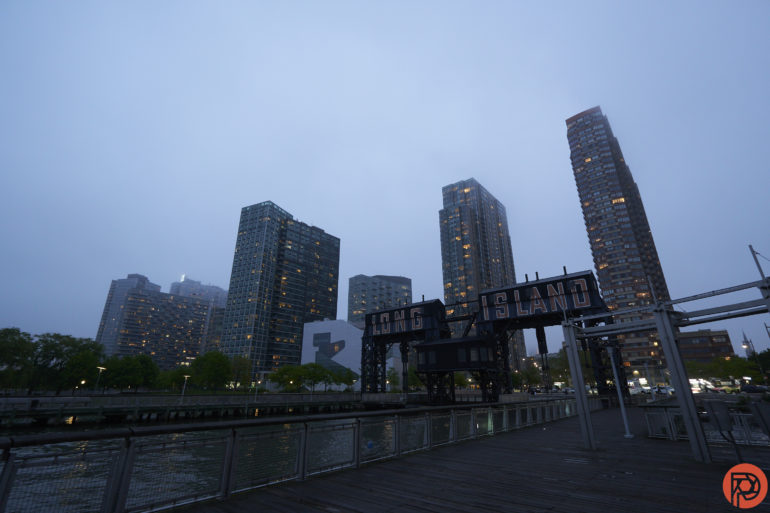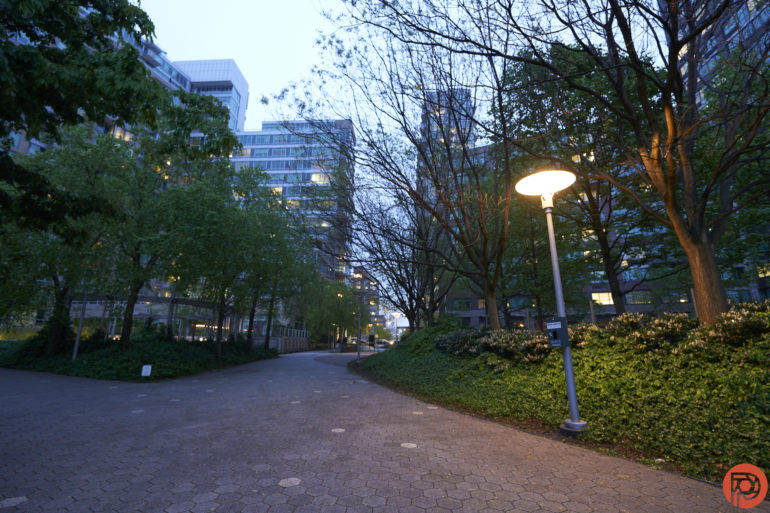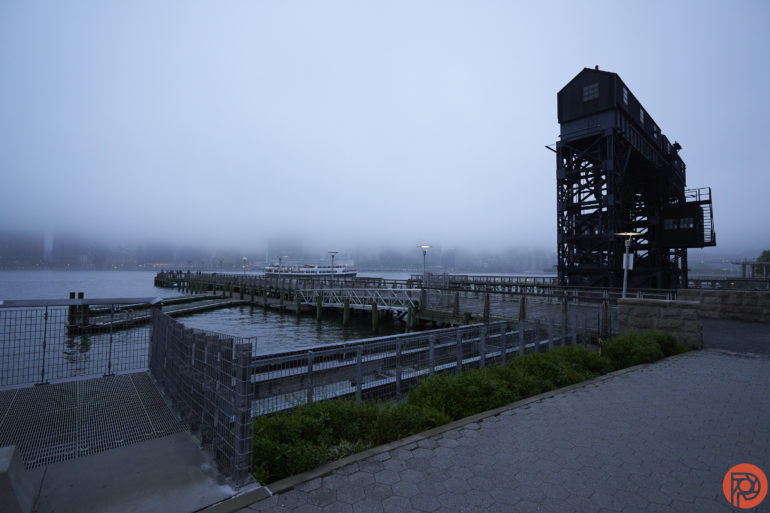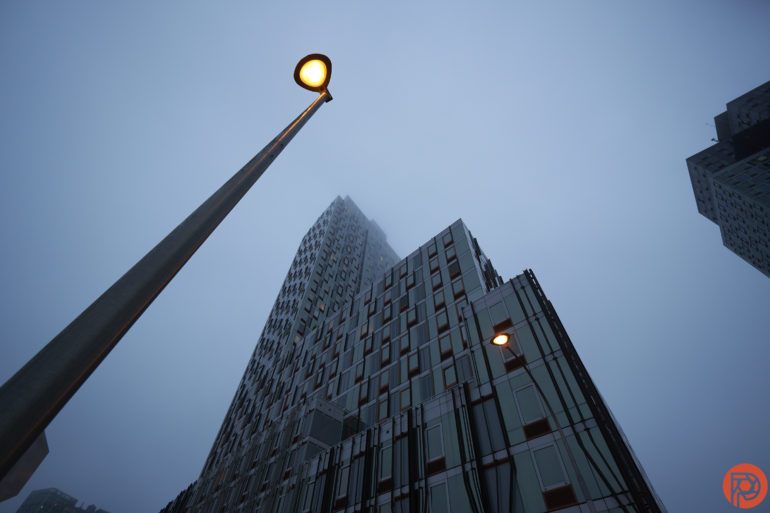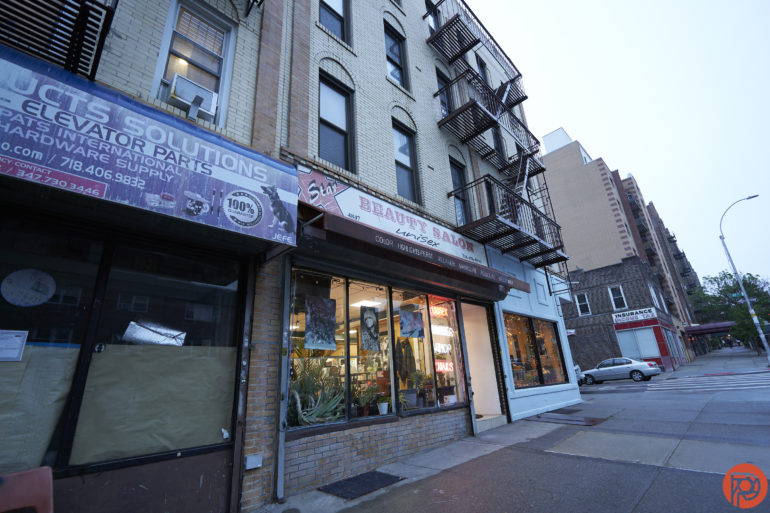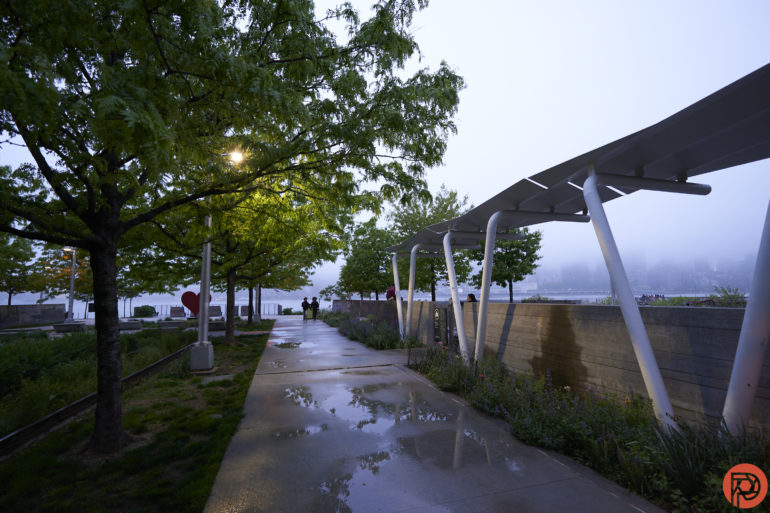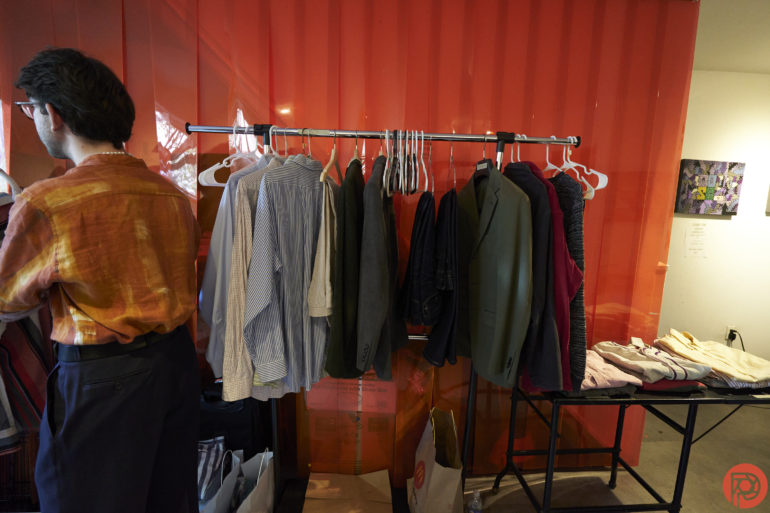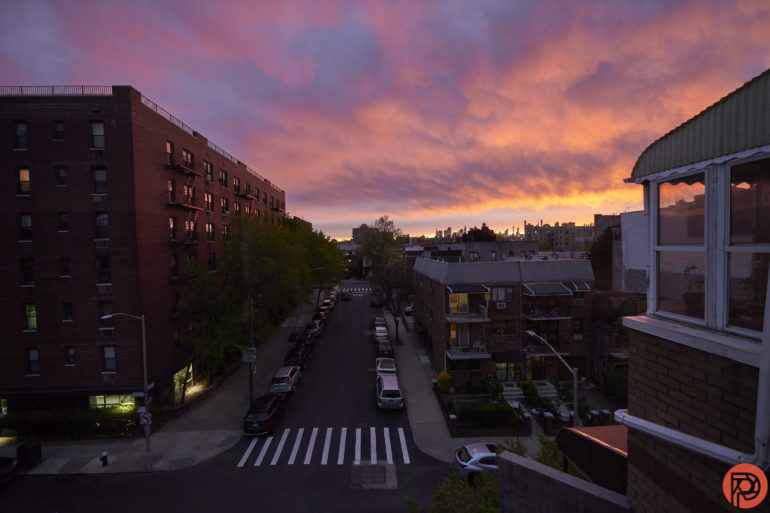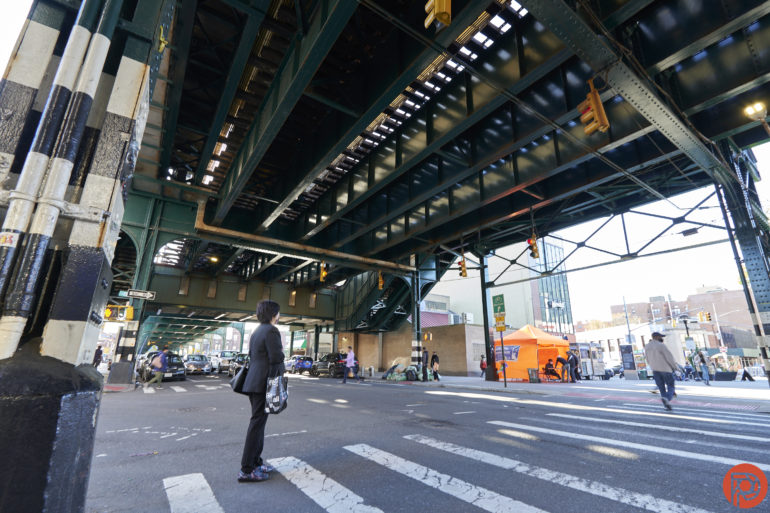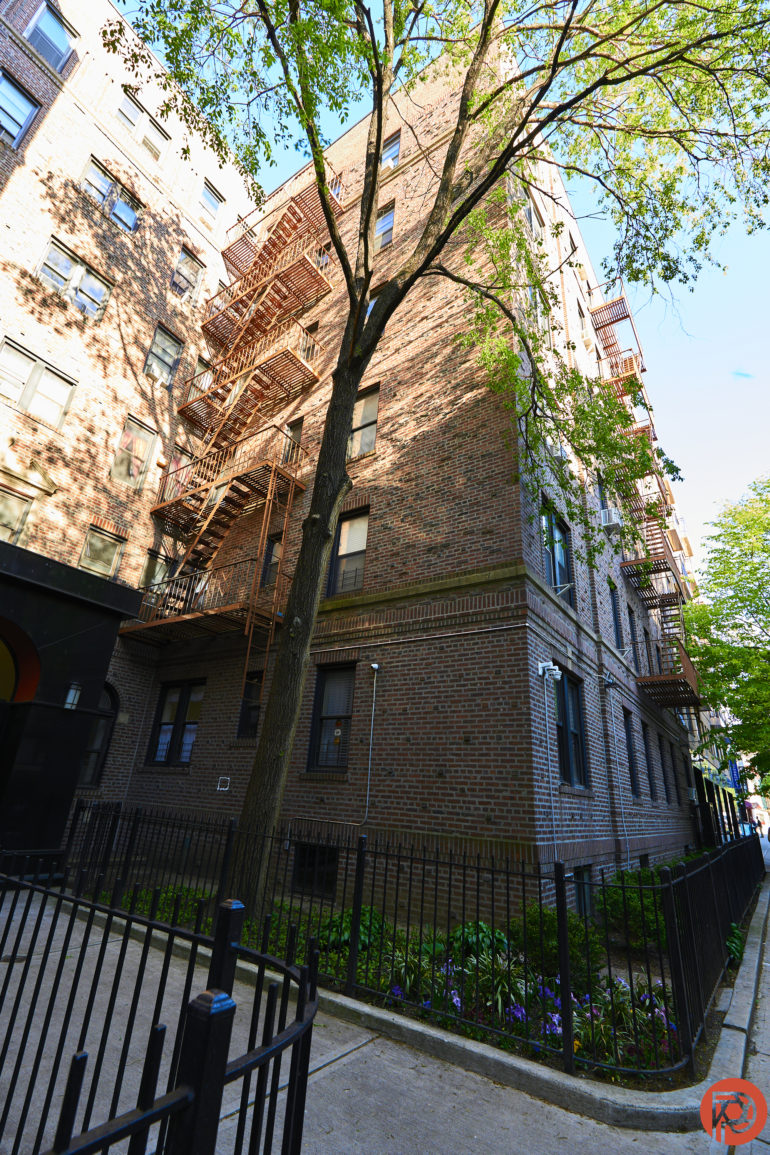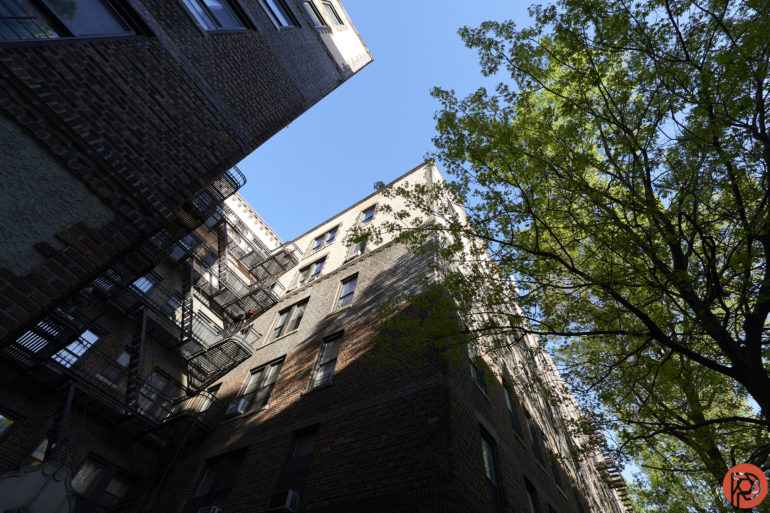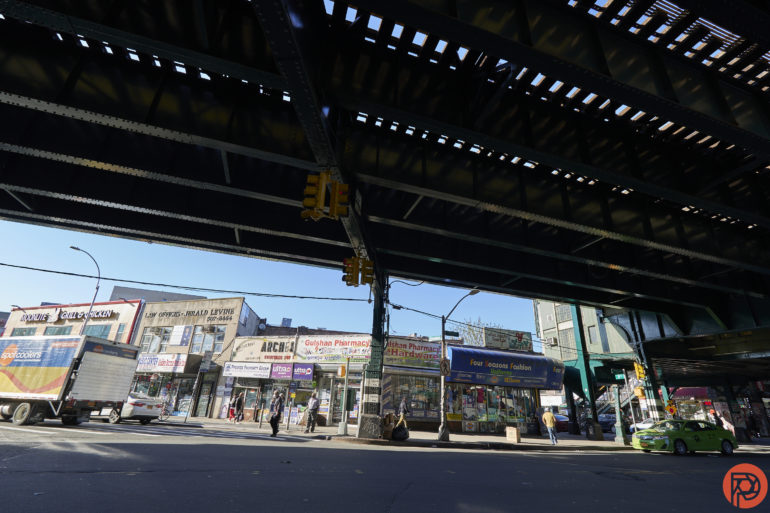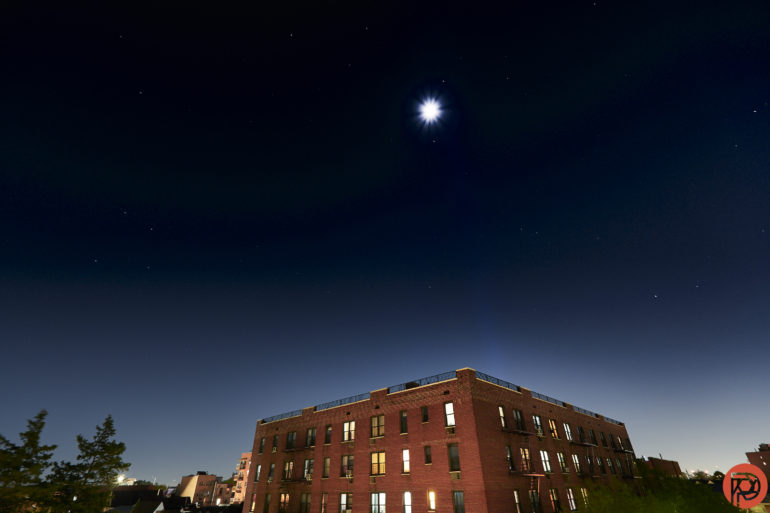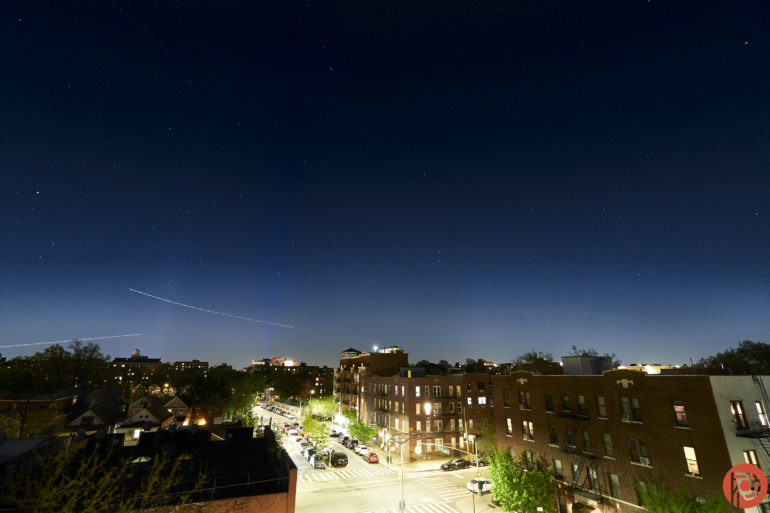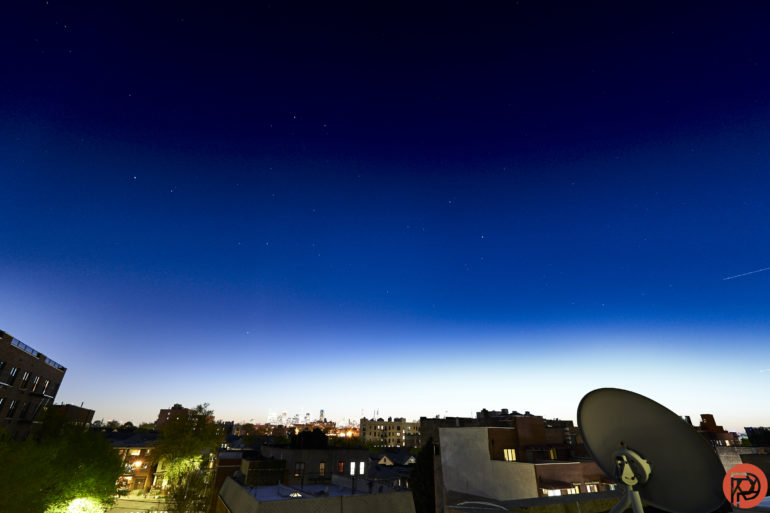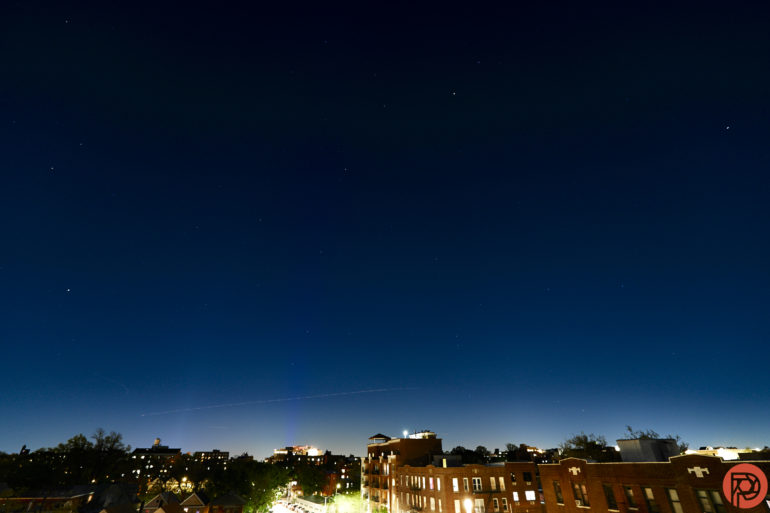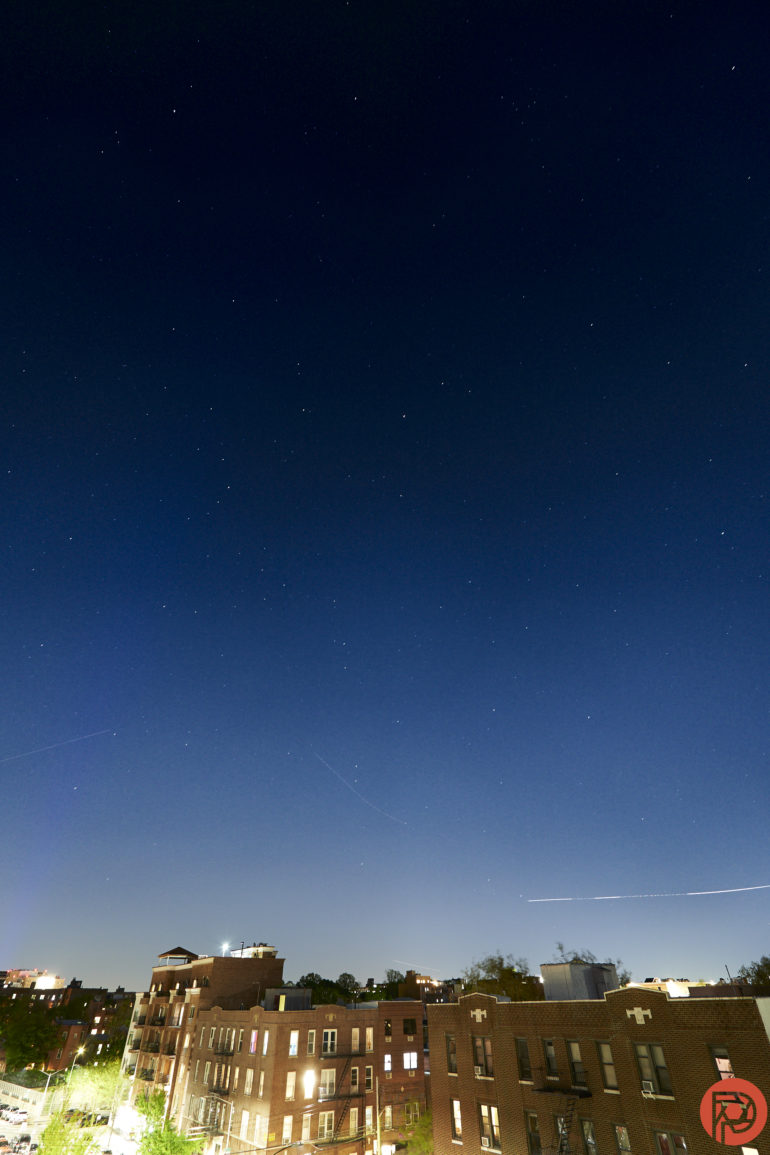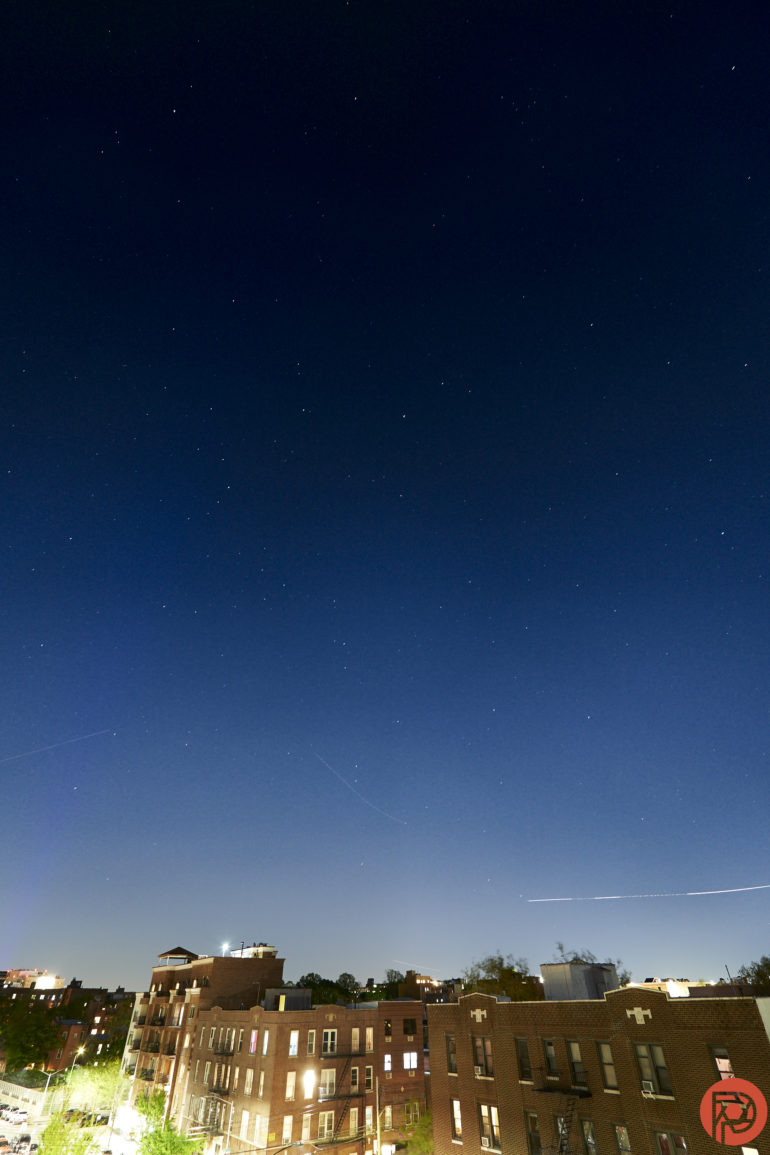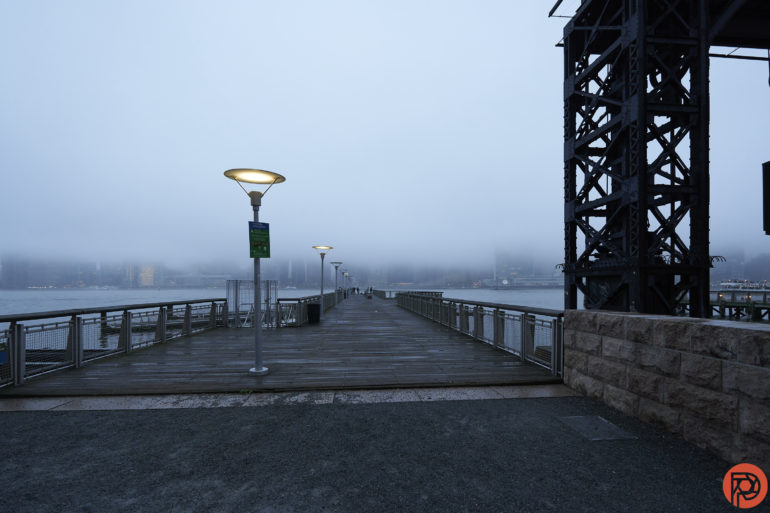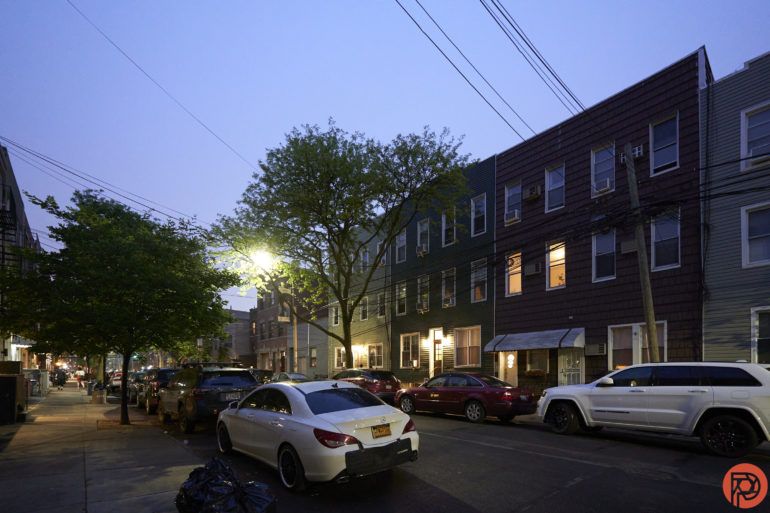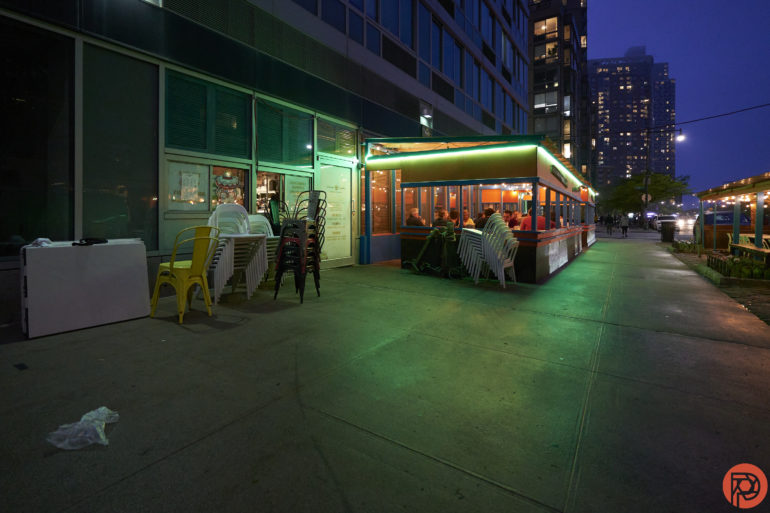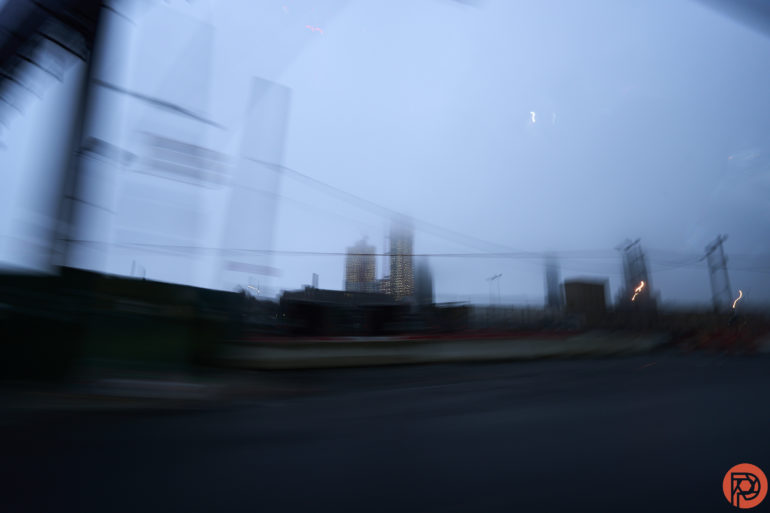The Sony 11mm f1.8 lens was arguably needed for a while. It’s weather-resistant, has a fast aperture, and is lightweight. What more could you ask for? Of course we could demand higher image quality. And that’s perhaps where I wonder about this lens. Make no mistake, it exhibits good image quality. But whenever I think I see something good from Sony, they go and outdo themselves. So, I wonder how Sony could’ve make this non G-series or G Master lens even better.
Sony tells us this lens is less than $600. And it’s also one of the only ones of its kind on the market. It is lightweight, weather-resistant, and super small. For APS-C shooters, that’s the dream. However, full-frame has become so affordable over the past few years. Is it worth it?
Table of Contents
The Big Picture
The Sony 11mm f1.8 is a vanilla Sony lens that does something unique in the lineup, but also ends up being only lukewarm. I guess we can’t ask for much here, as this is neither a G series or G Master series lens. It’s just designed to do what nothing else really does for the system. It boasts weather-resistance, and we should be thankful for that. If you’re committed to the Sony APS-C format, this is an essential lens to get. But otherwise, it makes much more sense to move up to full-frame and get a wide angle lens that renders a 16mm field of view.
The Sony 11mm f1.8 receives four out of five stars.
Pros
- Weather resistance
- Super lightweight
Cons
- While I like distortion and want more of it, some folks will think there’s too much around the edges.
Gear Used
We tested the Sony 11mm f1.8 with the Sony a6600. Both were loaner units provided to us by Sony and LensRentals.
Innovations
There aren’t many fully autofocus, weather-resistant, wide-angle lenses on the market for Sony’s APS-C line that have fast aperture. That’s where the Sony 11mm f1.8 comes in handy. It’s small, primarily designed for APS-C, and checks off all the boxes for less than $600. It’s not changing the game, and it’s not all that exciting. But its importance should be noted, especially when you look at the competition to see that Fujifilm can’t make something this small with weather resistance.
Ergonomics
From the outside, the Sony 11mm f1.8 lens is a pretty standard lens. There is a manual focus and autofocus switch on the side as well as a programmable button. There’s also the focus ring.
Want to know how small this lens is? Well, it has a 55mm filter thread. That’s small, right?
The exterior of the 11mm f1.8 is otherwise plastic. But for what it is, it doesn’t feel cheap.
Build Quality
Sony says the 11mm f1.8 is weather-resistant. Specifically, Sony likes to say their products are dust and moisture resistant but don’t give specifications on how durable they are. In the tests we’ve done over the years, the G series has a bit of staying power while the G Masters are even better. But the Sony 11mm f1.8 isn’t either of those, it’s just a conventional Sony lens. It’s like ordering your steak medium rare, but it’s served medium-well. Some of us will still eat it, but many will send it back.
When attached to the Sony a6600, the overall package is a lightweight and nimble duo. If you’re looking to pack less and explore while shooting wide, it’s tough to beat this combo. As you can see in the photo above, it’s also around the size of a lip balm tube.
Autofocus
I’d be foolish to say that the Sony 11mm f1.8 doesn’t have good and reliable autofocus. First off, it’s a wide-angle lens. And by default, wide angles are much better at this. Second, it’s on one of the best autofocusing camera systems on the market. If you put the two together, you get a camera setup you can’t complain about. If anything, it’s held back only by the Sony a6600. Our reviews staff that used that camera to review the lenses announced today agree it needs a joystick. Still, you can use it to photograph people with the human face detection setting. But overall, you’ll probably end up using this lens to shoot flowers, landscapes, etc. Getting the a6600 to focus on flowers might be a problem, but for landscapes, it’s hard to fault this lens.
Ease of Use
Luckily, the Sony 11mm f1.8 is really simple to use. Just slap it on the camera, point, focus, and shoot. You could put it in the hands of any camera luddite and they’d know what to do with it.
Image Quality
You should note this lens isn’t a G Master. We asked Sony reps if G Master lenses are limited to full-frame, and they couldn’t confirm this with confidence. This isn’t even a G series lens, which is a step down for G Master. It’s just a normal Sony lens. Knowing this, the image quality still looks good, but I’m not sure what else we could’ve had.
Bokeh
Let’s be honest here, the Sony 11mm f1.8 lens isn’t going to win awards for it’s bokeh. Sure, it’s got a very fast aperture, but you wouldn’t primarily use this lens for times when you want bokeh. However, it’s possible to get bokeh from this lens due to the close-up focusing.
Color Rendition
One of my favorite parts of this lens is the color rendering that can be achieved. Many of these images were shot with auto white balance mode. But typically, I test cameras and lenses with the white balance locked to 5500K Daylight or 3200K Tungsten. For those times, I really enjoy the colors I get. The lens renders good colors overall, but I’ve seen better. Tamron, Rokinon, and Zeiss give better colors.
Lens Character
This lens surely does have some distortion towards the edges, but we like to embrace that. When I talk to manufacturers, they complain about things like chromatic aberration. But it often feels like I’m not talking to a millennial or a member of Gen Z who really wants that stuff. I like the distortion towards the edges, and honestly wish it had more.
Sharpness
The sharpness from the Sony 11mm f1.8 is really good. I don’t think anyone will sit and pixel peep your images. And even if you’re afraid of that, then you’re going to edit your photos before putting them online. But when I showed people the photo above, they liked it. For what it’s worth, it had more to do with the content of the photo, and it was shared with people who like food.
Extra Image Samples
From day one, The Phoblographer has been huge on transparency with our audience. Nothing from this review is sponsored. Further, lots of folks will post reviews and show lots of editing in the photos. The problem then becomes that anyone and everyone can do the same thing. They’re not showing what the lens can do. So we have a section in our Extra Image Samples area to show edited and unedited photos. From this, you can make a decision for yourself.
Unedited
Edited
Who Should Buy It?
The Sony 11mm f1.8 lens has us scratching our heads. I think a lens like this was surely needed for the Sony APS-C camera lineup. But what I’m most confused about has to do with the potential of the lens. When Sony makes a G series lens, we can assume it’s better than standard lenses. When they make a G Master lens, we can assume they’re the top of the line. With that in mind, how much better could the Sony 11mm f1.8 lens have been? Of course, that could just be me pondering this as a journalist. If you don’t care and all you want is a wide-angle lens for APS-C with a fast aperture, you can’t beat this. As it is, I’m not sure how much love for APS-C Sony has in it.
For the record, I think Fujifilm, without a doubt, does APS-C far better than Sony. And if you’re committed to APS-C, then consider switching over to Fujifilm instead.
Tech Specs
These specs were copied from a Sony data sheet provided to The Phoblographer.
- 6.3 oz
- Super-Wide Field-Of-View
- Excellent Resolution and Corner-to-corner Sharpness – Three aspherical elements
- High-Performance Internal Focus – Quick, quiet, and reliable thanks to two linear motors
- Minimal Focus Breathing
- Seven-Blade Aperture – Soft. smooth broken
- Multiple Controls – MF/AF Switch, Focus Hold Button
- Linear Manual Focus – Repeatable focus changes
- Dust and Moisture Resistance
- Excellent Minimum Focus – 0.12m AF (.2x). 0.15m MF (.13x)





